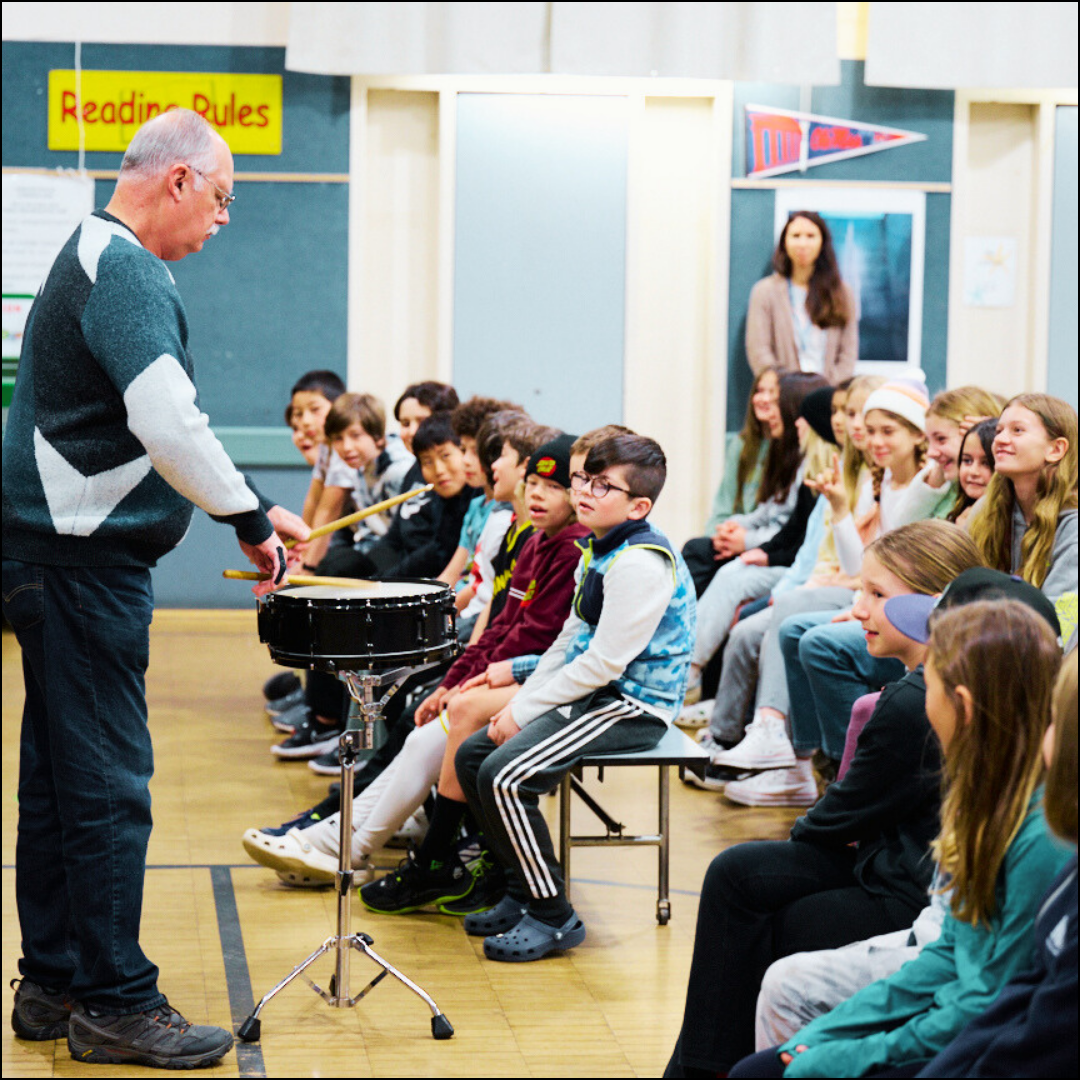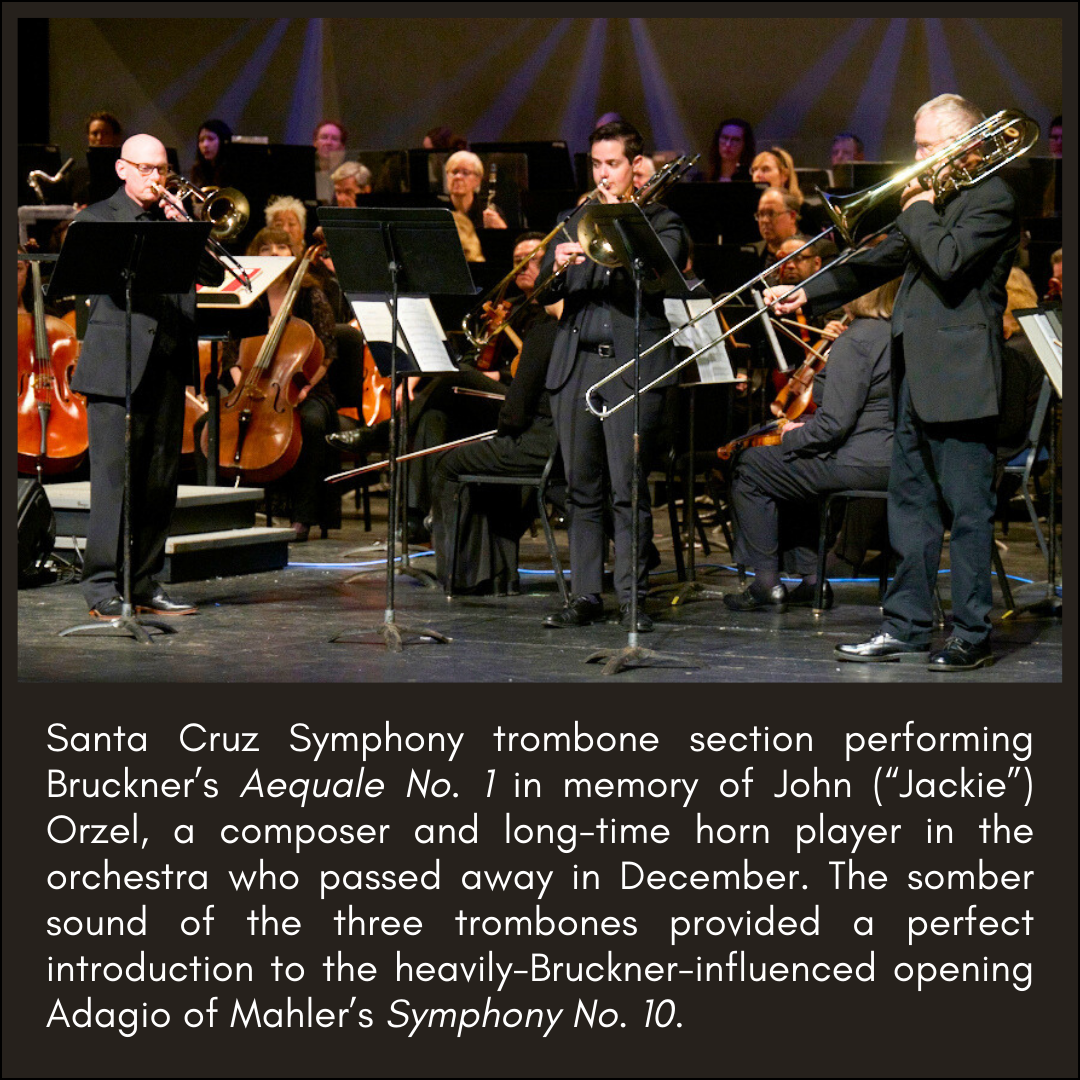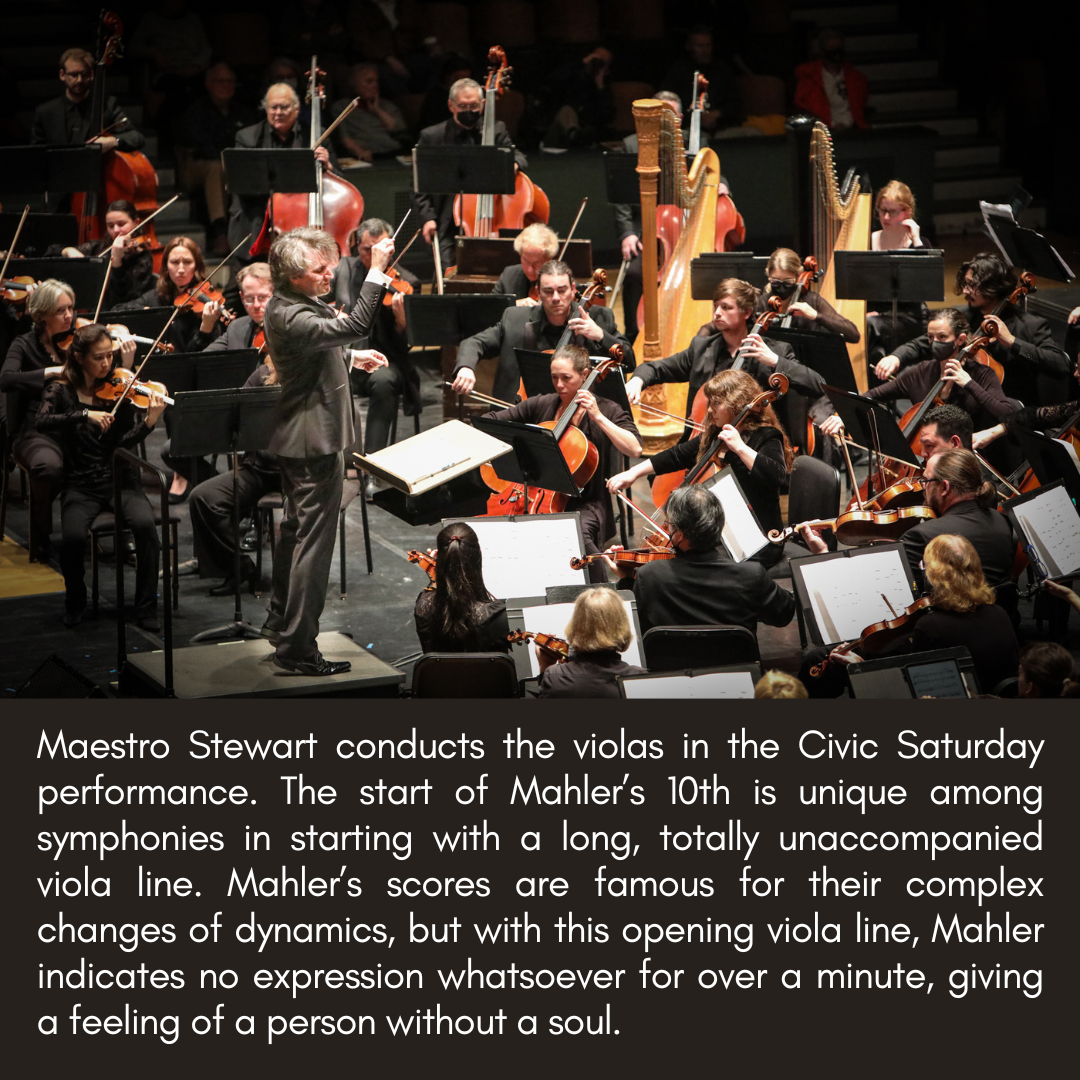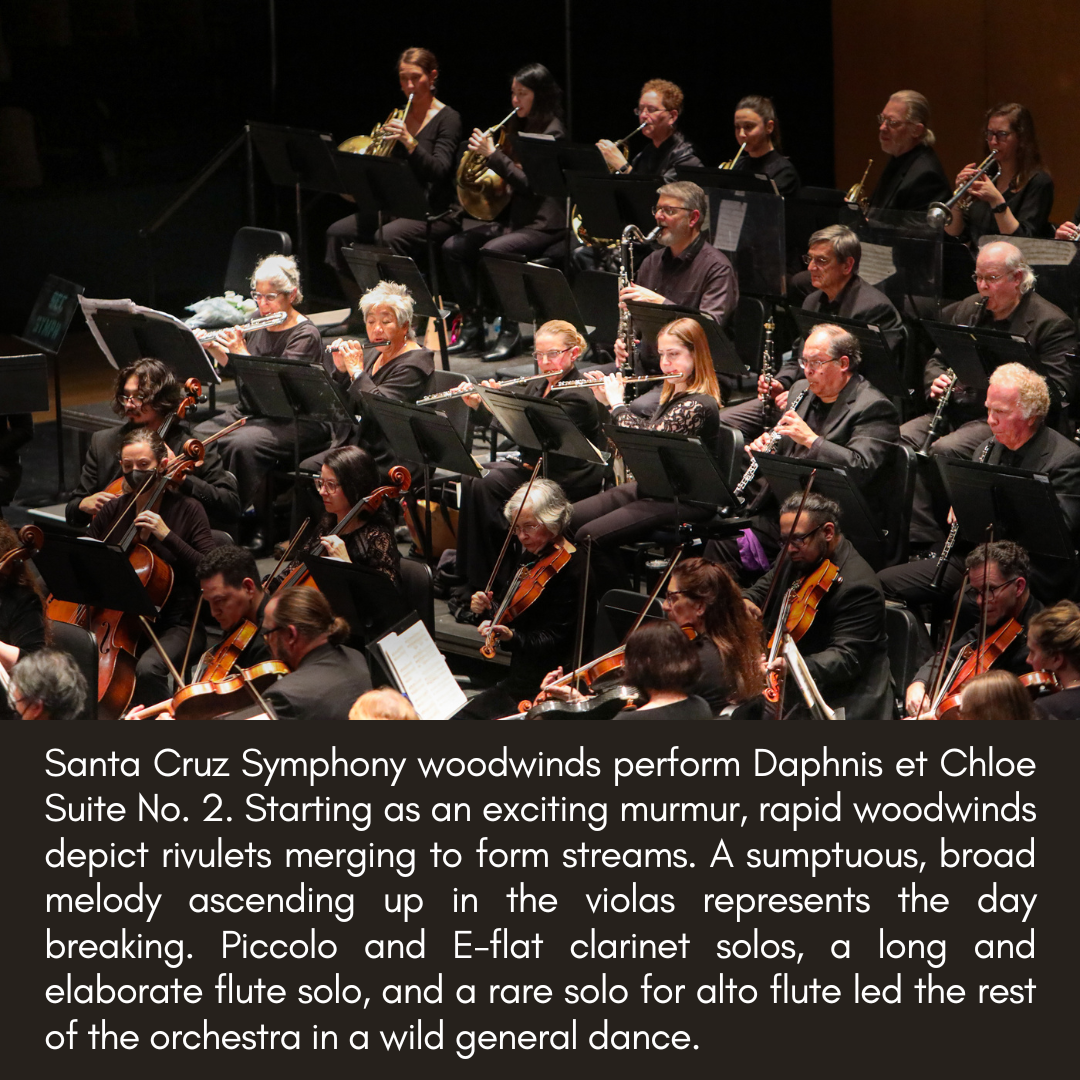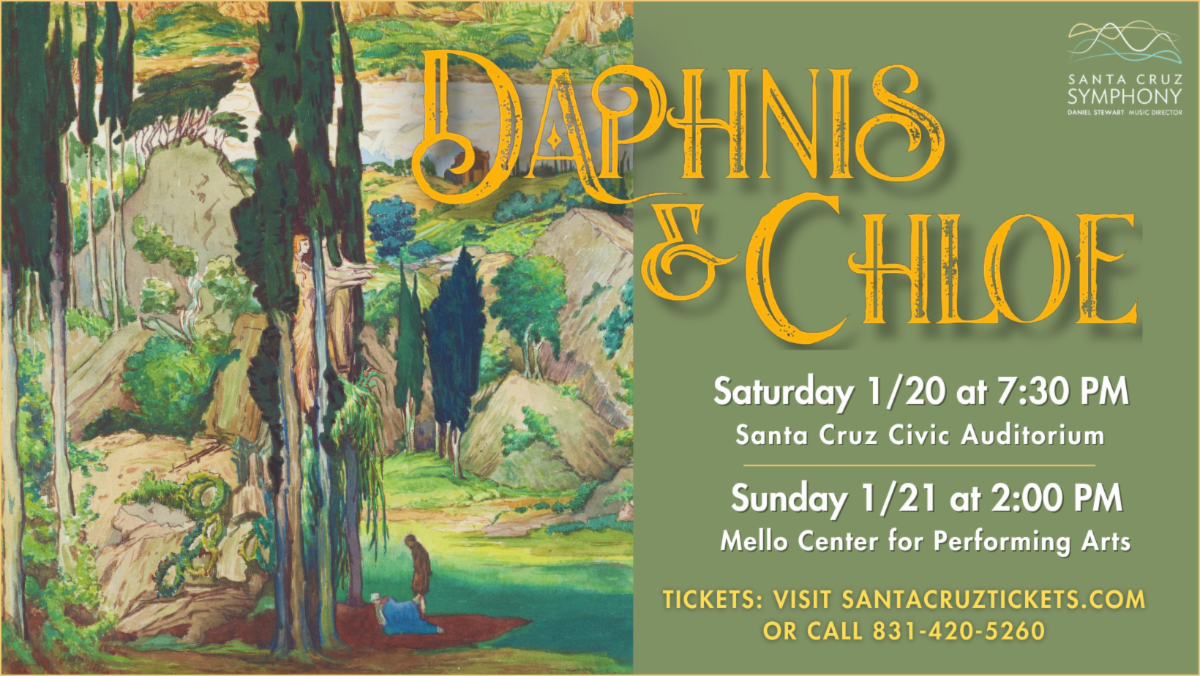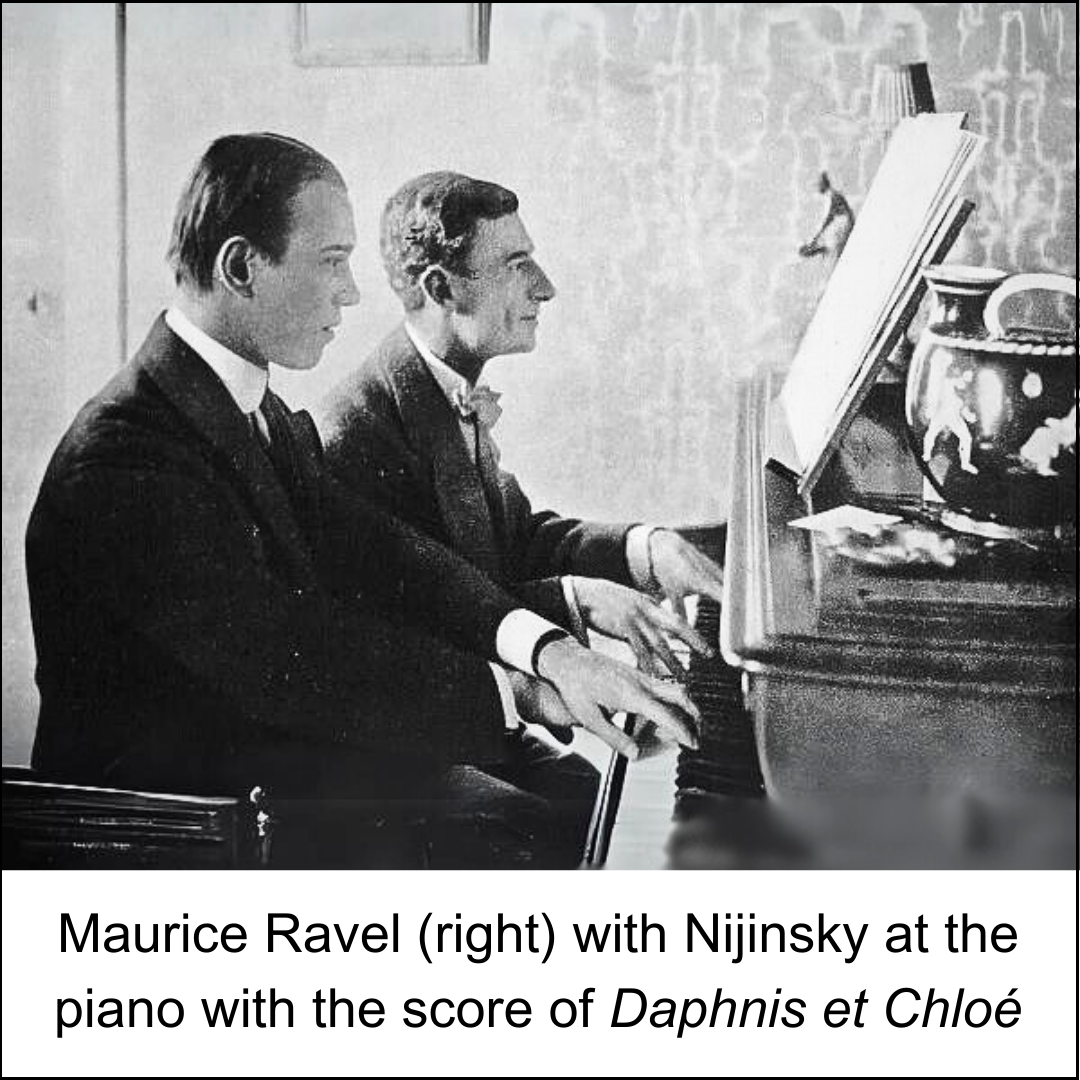“Santa Cruz Symphony’s mission is to inspire, engage and educate through artistic excellence, distinctive musical performances, and varied activities that celebrate and enhance the cultural vibrancy of our community.”
Link Up Partnership: The School Kids Love It, and So Do the Teachers!
Our local students in grades 4-5 learn about classical music for months each year as part of our partnership with Carnegie Hall and its Link Up program, a collaboration that began in 2018. Santa Cruz Symphony partners with the County Office of Education and local private schools to furnish free Link Up workbooks and curriculum materials so teachers can explore a musical theme. These fun, engaging lessons have included traditional classics, such as “The Anvil Chorus” or “Ode to Joy,” as well as contemporary selections. In 2024, our Link Up theme is “The Orchestra Moves,” focusing on all the interwoven ways in which music moves physically and emotionally.
Santa Cruz Symphony has worked with Carnegie Hall to widen our offerings and reflect the cultural diversity in our community. With Maestro Daniel Stewart’s leadership, this year we are sharing knowledge about works from Europe, the USA, Mexico, Israel, and Brazil. Classroom and music instructors teach about composers, themes, history, and geography. Some students also participate in these lessons by playing recorders and ukuleles, singing, and using body percussion.
Musicians Visit the Classrooms
Santa Cruz Symphony orchestra member Norman Peck demonstrates percussion instruments at a local elementary school
Students get to meet real Santa Cruz Symphony musicians! Each February, the Symphony underwrites classroom visits by Symphony players from around the Bay Area for schools participating in the Link Up program. These professional musicians come into classrooms to demonstrate their instruments and preview samples of the music that the students will hear at the concerts.
When the students attend our Youth Concerts with their schools, they put their lessons into practice—with music, dance, and song.
Classical Music Classrooms: A Program to Cultivate Young Listeners
Santa Cruz Symphony’s in-class listening program provides a free, curated curriculum for first through fifth grades. Teachers play classical music excerpts for their classes in daily five-minute “bites” and read descriptions of the music. Hearing these musical pieces allows students to transition more easily from recess energy to more focused classroom behavior, and helps cultivate an appreciation for classical music in these young students.
As many as 2,500 kids have been exposed to a daily dose of classical music!
Kids Play with Professional Musicians at Our Youth Concerts
Each year we produce our Youth Concerts, with two performances at the Civic Auditorium and four at the Mello Center. Students arrive at these rousing weekday concerts from schools all over the county, bringing their instruments and voices to play from their seats. Onstage they see and hear Santa Cruz Symphony collaborating with a variety of community partners to perform the Link Up concert program they’ve been studying.
Partners include the Santa Cruz County Youth Symphony, Santa Cruz Ballet Theatre, El Sistema musicians, Cabrillo Youth Chorus, Kuumbwa Jazz Honor Band, and Esperanza del Valle Folklórico.
If you have children or grandchildren in our local schools, ask their teachers if they plan to attend the Youth Concerts next year. Then come as a chaperone to share the excitement as children enjoy live orchestral music—many for the first time!
The Family Concert: Bringing the Community Together with Music
At the Family Concert, the whole community has the chance to see this year’s Link Up program performed by Santa Cruz Symphony and our community partners, followed by a timeless classical piece everyone can enjoy. This year, we hope you’ll enjoy our presentation of The Carnival of the Animals!
The Family Concert is a vibrant musical event with entertainment for all ages. At previous Family Concerts, we've seen children dancing in the aisles and eagerly applauding. That's how much they loved it! Learn more about our Youth and Family Concerts here.



